The food industry is facing a seismic shake-up—and it’s coming from a presidential hopeful with a mission to clean up America’s pantry. Robert F. Kennedy Jr., known for his outspoken views on health and environmental issues, has unleashed a sweeping initiative that’s sending shockwaves through the nation’s biggest food brands. With his Make America Healthy Again (MAHA) campaign gaining traction, Kennedy has placed ultra-processed foods, synthetic dyes, high-fructose corn syrup, seed oils, and a host of chemical additives squarely in the crosshairs.
For decades, these ingredients have been quietly powering everything from kids’ cereals to salad dressings, snack cakes to sports drinks. But under Kennedy’s proposed bans, many of these convenience staples are no longer welcome at the table. And now, some of the world’s most recognizable names in food are scrambling to rethink their recipes, reimagine their ingredient lists, and respond to a growing chorus of health-conscious consumers demanding better.
This isn’t just about removing a few flashy food dyes or tweaking a label—this is a fundamental overhaul of how mass-market food is made. Brands that have long leaned on shelf-stable preservatives, synthetic sweeteners, and brightly colored additives are suddenly being forced to innovate—or risk falling out of favor with both regulators and the public.
From Kraft Heinz to General Mills, food giants are retooling their most iconic products in an attempt to stay relevant in a rapidly changing marketplace. Some have welcomed the challenge with reformulation plans already underway, while others appear to be bracing for the impact. So, which household names are feeling the heat? Here are 11 food brands that will need to make serious changes if they want to survive RFK Jr.’s ingredient revolution.
1. Kraft Heinz Ditches Rainbow Colors for Natural Alternatives
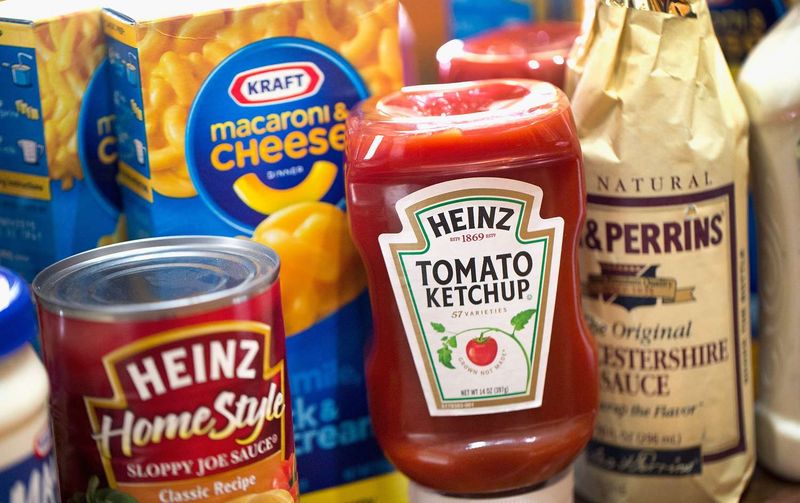
The maker of iconic childhood favorites is going all-natural with its colorful lineup. Kraft Heinz has announced plans to remove all synthetic dyes from products like Kool-Aid, Capri Sun, and Lunchables by 2027, responding directly to MAHA standards.
Parents concerned about artificial ingredients can soon breathe easier when packing school lunches. The company is investing in plant-based alternatives derived from fruits, vegetables, and spices to maintain the vibrant colors kids love without the chemical concerns.
This shift represents one of the largest reformulation efforts in the company’s history, affecting hundreds of products across multiple categories.
2. General Mills Revamps Cereal Bowl Classics
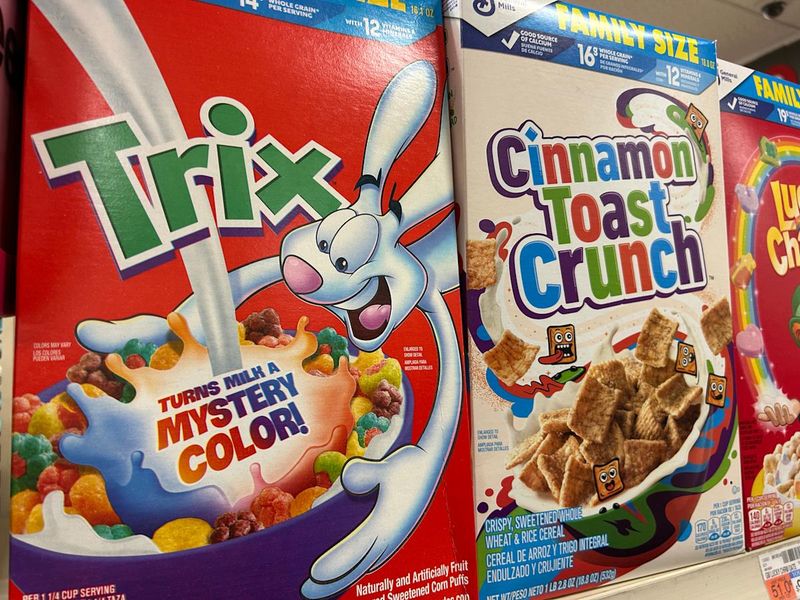
Your morning routine is about to get a natural makeover. General Mills, home to childhood breakfast staples like Lucky Charms and Trix, has committed to phasing out artificial colors across its entire cereal and snack portfolio by late 2027.
Remember those colorful marshmallows and rainbow cereal pieces? They’ll soon get their hues from sources like turmeric, spirulina, and beet juice instead of laboratory-created dyes. Early tests show most kids can’t tell the difference in blind taste tests.
The company faces its biggest challenge with brightly colored cereals that have built decades of brand recognition on their artificial rainbow appearance.
3. PepsiCo’s Neon Drinks Lose Their Chemical Glow
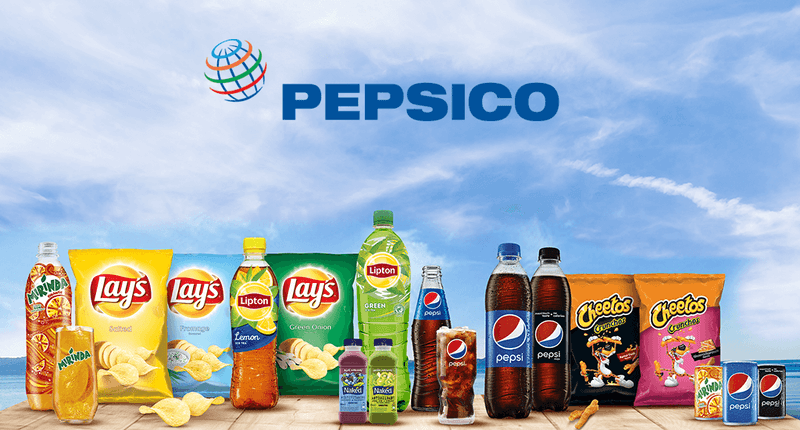
Mountain Dew’s electric green and Gatorade’s vibrant hues are getting a natural refresh. PepsiCo faces perhaps the most visible challenge as it works to eliminate distinctive dyes like Yellow 5 from its beverage lineup while maintaining the look consumers expect.
The company has already begun testing reformulated versions in select markets. Early feedback suggests younger consumers are embracing the change, while some longtime fans report noticing subtle differences in appearance.
Beyond colors, PepsiCo is also tackling controversial ingredients like brominated vegetable oil (BVO), once used in citrus-flavored sodas and sports drinks to prevent separation of flavoring oils.
4. Starbucks Brews Up Cleaner Ingredient Lists
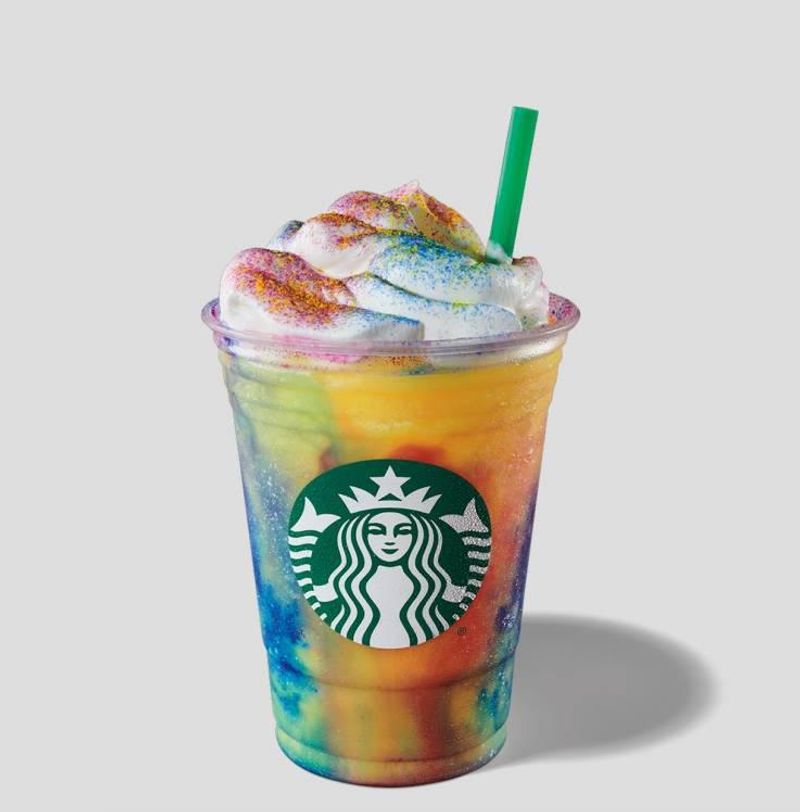
Your favorite coffee chain is stirring up more than just espresso. Starbucks has pledged to remove artificial sweeteners, high-fructose corn syrup, synthetic dyes, and seed oils from both beverages and food offerings across their 15,000+ U.S. locations.
The popular Frappuccinos and colorful refreshers that flood social media feeds will soon get their sweetness and colors from natural sources. Pastry cases are also getting an overhaul, with the company working to replace palm and soybean oils with alternatives like olive and avocado oil.
Baristas nationwide are already being trained on new recipes and preparation methods to ensure consistent taste despite the ingredient changes.
5. McDonald’s Golden Arches Embrace Golden-Age Cooking
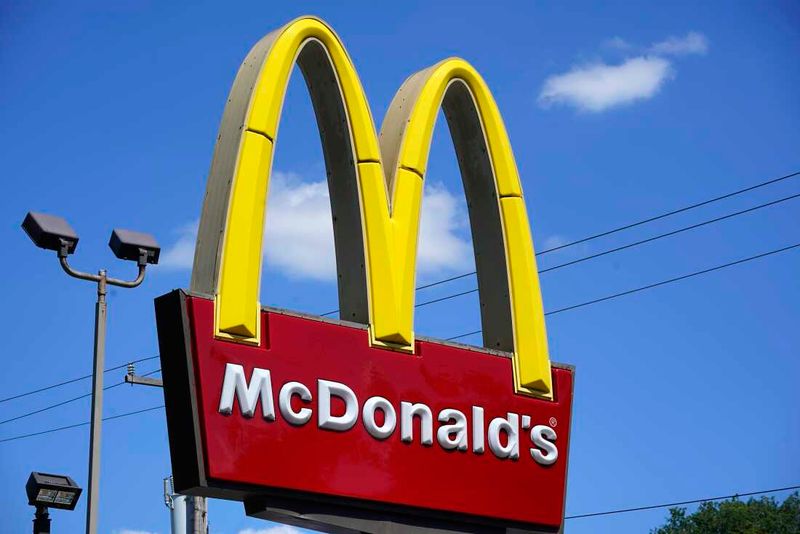
America’s largest fast food chain is turning back the clock on its cooking methods. McDonald’s plans to replace seed oils currently used for their world-famous french fries with beef tallow – a return to their pre-1990s cooking approach when many considered their fries unmatched in flavor.
The company is also reviewing its entire menu to eliminate synthetic dyes and artificial sweeteners from everything from sauces to desserts. Even the iconic Happy Meal is getting scrutiny, with changes planned for both the food inside and the toys that come with it.
This shift represents McDonald’s largest recipe overhaul since they removed Super Size options from their menu two decades ago.
6. Campbell’s Soup Simplifies the Iconic Red and White Can
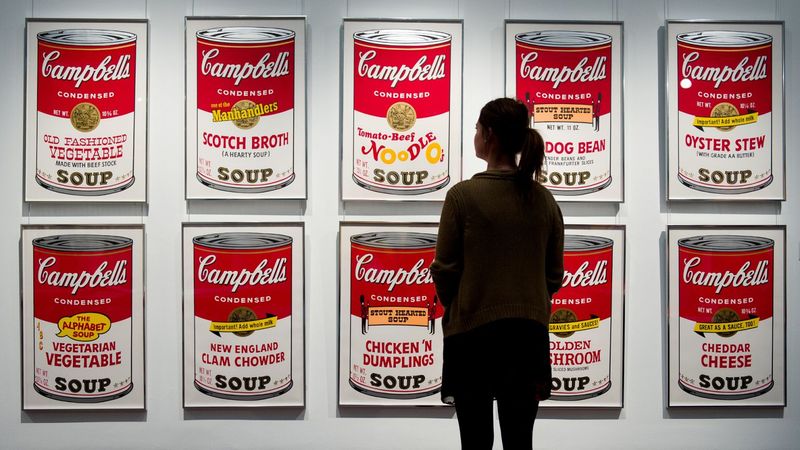
The company that defined comfort food for generations is stripping its recipes back to basics. Campbell’s and its V8 juice division are transitioning to natural coloring agents and simpler ingredient labels across their soup, juice, and sauce lines.
Red 40, previously used to enhance the tomato color in many products, is being replaced with paprika and beet extracts. The famous condensed soups that Americans have relied on for quick meals will soon feature fewer preservatives and more recognizable ingredients.
Campbell’s R&D team faced special challenges maintaining the shelf stability and consistent appearance consumers expect while removing certain additives that helped achieve those properties.
7. McCormick Spices Up Its Clean Label Commitment
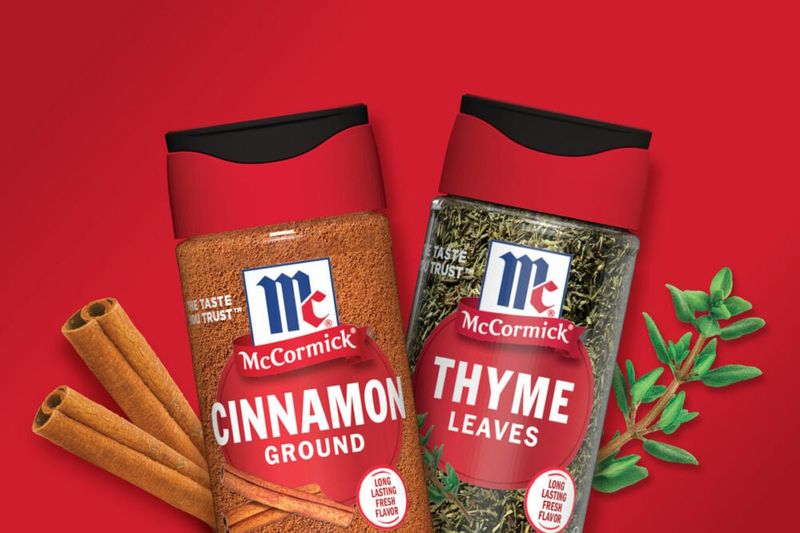
The flavor experts at McCormick are proving that good taste doesn’t require artificial help. The spice and seasoning giant is reformulating its products to eliminate preservatives and synthetic colors from everything from taco seasoning packets to gravy mixes.
Many consumers might be surprised to learn their spice cabinet contained artificial ingredients at all. McCormick’s popular food coloring products used for baking will also transition to plant-based alternatives, though achieving vibrant reds and blues remains technically challenging.
The company’s century-old expertise in global flavor sourcing is proving valuable as they identify natural alternatives that can deliver the same flavor profiles without controversial additives.
8. Kellogg’s Faces the Toughest Cereal Challenge
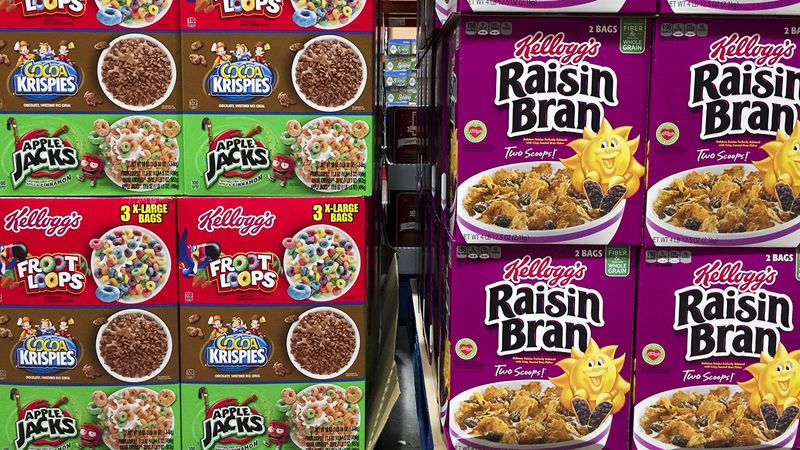
The vibrant loops that have brightened breakfast tables for generations are facing their biggest change ever. Kellogg’s is under intense pressure to eliminate artificial dyes from cereals like Froot Loops and Apple Jacks while somehow maintaining their rainbow appearance that generations of consumers recognize instantly.
Early reformulation attempts have proven challenging. The natural alternatives don’t produce the same bright colors, especially the blues and greens that make these cereals so distinctive on store shelves.
Beyond cereals, the company must also address additives in their popular breakfast bars, crackers, and frozen foods that have become pantry staples for busy families across America.
9. Mars Candy Confronts Its Colorful Conundrum
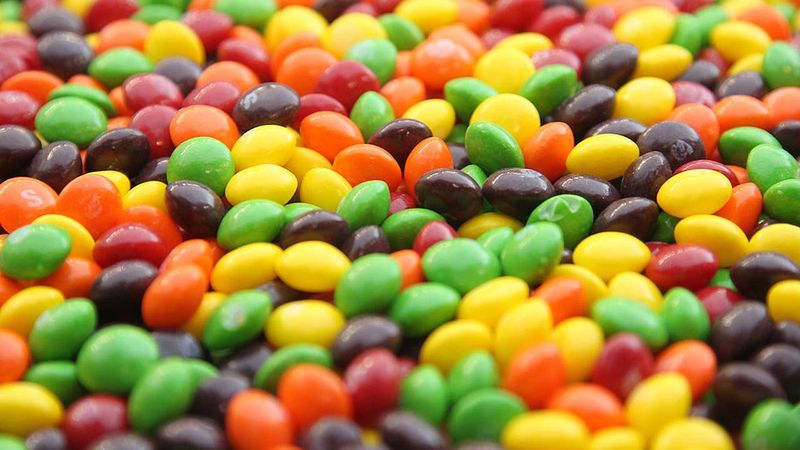
The company behind Skittles and M&M’s faces perhaps the most visible challenge of all. Mars must remove petroleum-based dyes such as Red 40, Yellow 5, and Blue 1 from their rainbow-colored candies by 2026 – colors that have defined these iconic treats for decades.
Scientists at Mars have been experimenting with natural alternatives derived from sources like purple carrots, turmeric, and spirulina algae. The technical hurdles are significant: natural colors often fade more quickly, react differently to heat, and can affect flavor profiles.
The company has already faced lawsuits over titanium dioxide in Skittles, making this reformulation both a regulatory necessity and a response to changing consumer preferences.
10. Conagra Brands Reheats Its Frozen Food Formulas
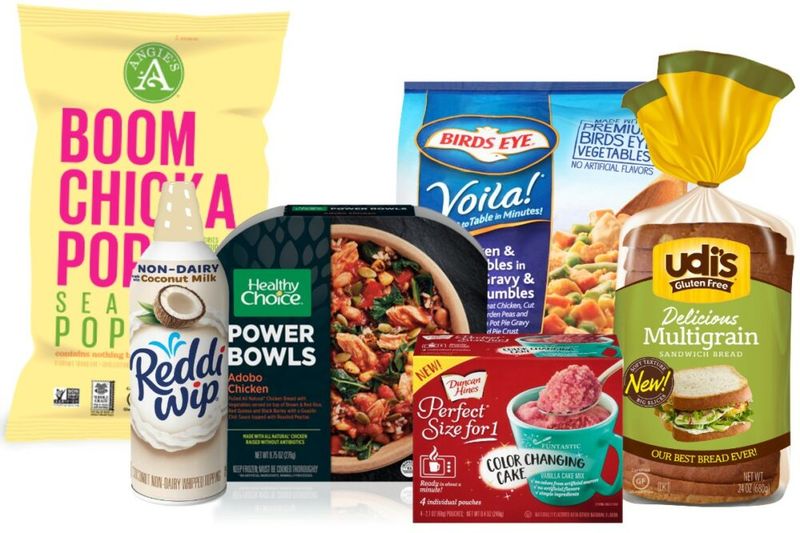
The freezer aisle is getting a major cleanup thanks to Conagra’s sweeping changes. The company behind Banquet, Healthy Choice, and Marie Callender’s is adjusting hundreds of frozen and shelf-stable processed foods to comply with additive and dye restrictions.
Microwave-ready meals present unique challenges since many additives were originally included to maintain texture and appearance after reheating. Engineers are working to replace modified food starches and artificial preservatives with natural alternatives that can withstand freezing and reheating cycles.
Conagra has committed to transparent labeling during the transition, helping consumers identify which products have already been reformulated to meet the new standards.
11. Coca-Cola’s Classic Formula Faces Modern Makeover
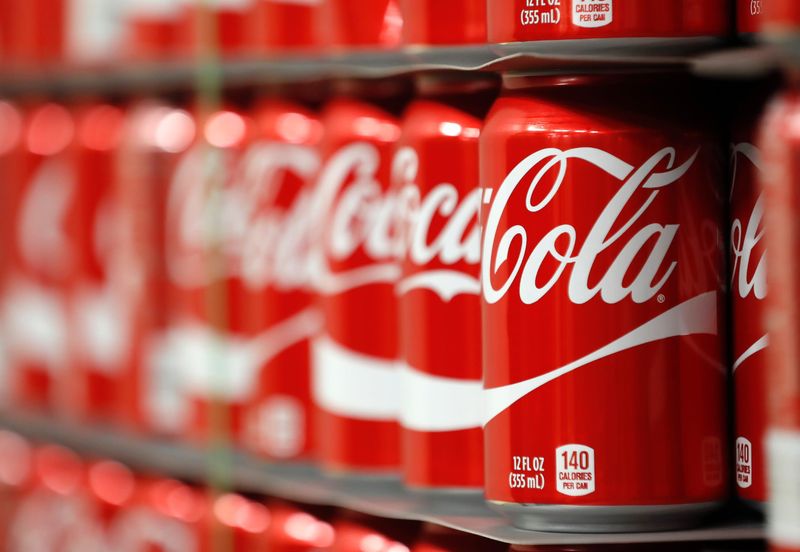
The world’s most recognized beverage brand isn’t immune to change. Coca-Cola is expected to reformulate its sodas and juices to eliminate high-fructose corn syrup, artificial dyes, and synthetic sweeteners across its extensive product portfolio.
The company has been quietly testing alternative formulations in select markets. Their biggest challenge lies in maintaining the distinctive taste profiles consumers expect while switching to more expensive natural sweeteners and coloring agents.
Beyond their flagship cola, brands like Sprite, Fanta, and Minute Maid will require significant reformulation to comply with the new standards while maintaining their characteristic flavors and appearances that consumers worldwide instantly recognize.
Leave a comment